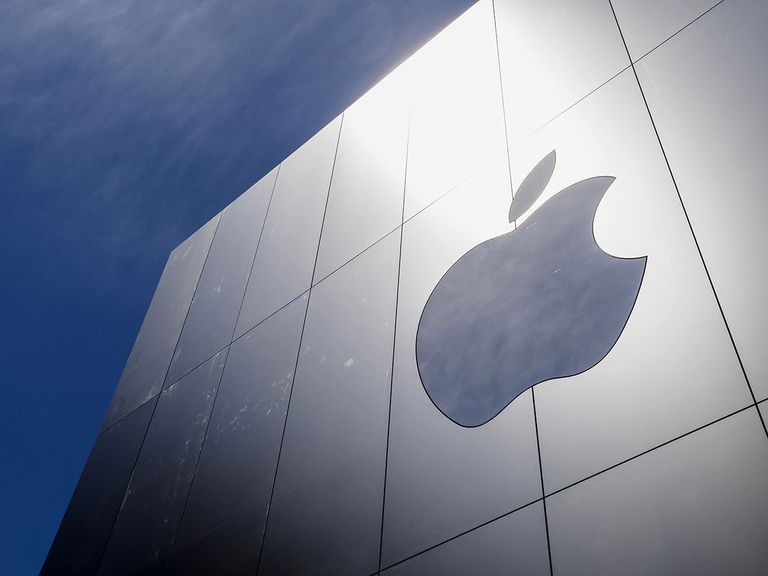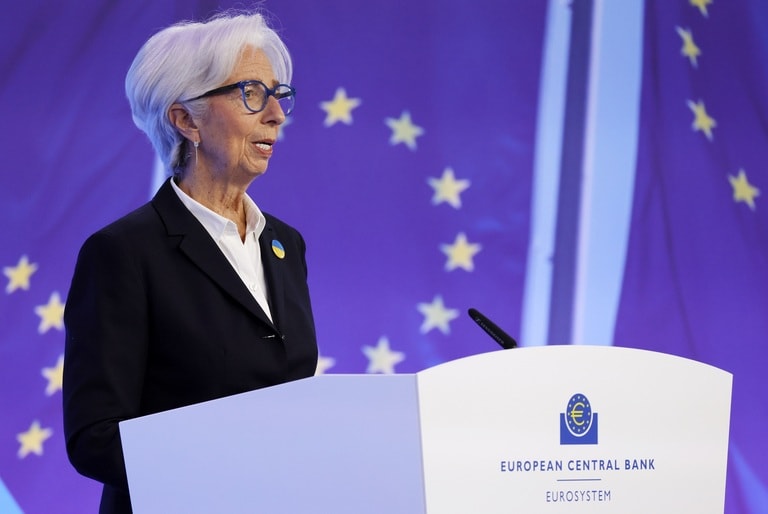This week a raft of disappointing earnings numbers, and caution over guidance from the likes of Alphabet and Meta Platforms has helped overshadow concerns about an escalation of the conflict in the Middle East between Israel and Hamas.
The combination of these two factors has also helped to undermine the previously resilient Nasdaq 100, sending it to its lowest levels since May, although it did find support at its 200-day SMA.
With US markets starting to look slightly more vulnerable to a broader correction and an increasingly uncertain geopolitical backdrop there has been little reason for investors to get overly enthusiastic about looking to get back into the market, instead moving into safer haven type plays like gold, the Swiss franc, and US treasuries.
While the Nasdaq 100 fell through its previous lows from September, the S&P500 has looked even more vulnerable, sliding below its 200-day SMA, as well also sliding to 5-month lows.
It’s also been another disappointing week for European markets with the DAX on course for its 6th successive weekly decline falling back to levels last seen in March, while the FTSE100 has also struggled for gains these past few days.
Against such a backdrop it's therefore somewhat surprising that the US economy continues to look so strong, with last night’s impressive Q3 results from Amazon serving to underscore that fact, with the shares rising in after-hours trade.
Q3 revenues comfortably beat expectations at $143.1bn, as did profits which came in at $0.94c a share, or $9.88bn. This included a gain of $1.2bn from its stake in Rivian. There was a strong performance from online stores with net sales of $57.27bn, while AWS saw revenues of $23.06bn which was slightly below expectations of $23.2bn. Operating margin was also better than expected at 7.8%.
For Q4 Amazon expects net sales of $160-167bn, while the company said it is going to hire 250k full and part-time employees to cover the holiday periods of Thanksgiving and Christmas. Amazon also said it expects to see operating income rise to between $7bn and $11bn.
Yesterday’s US Q3 GDP numbers were an impressive set of numbers, the best quarterly performance for the US economy since Q4 of 2021, with growth of 4.9%, with a good proportion of that driven by personal consumption of 4%. The strength of these numbers showed the resilience of the US economy, while on the other side of the ledger with respect to core PCE inflation this slowed to 2.4% from 3.7% over the quarter.
Against such a strong economic backdrop the Federal Reserve will be very reluctant to signal that they are done as far as further rate hikes are concerned when they meet next week. Against such a strong set of numbers it was somewhat surprising to see US treasury yields fall back as sharply as they did, however part of the reason for yesterday’s slide is perhaps the sense that if the Fed were to hike again, they will wait until December just to ensure another hike is needed, once more data becomes available.
Today’s core PCE inflation numbers could help inform that thought process further on whether to hike rates again by another 25bps.
With the latest economic projections citing a Fed funds rate of 5.6% by year end and another spike in oil prices exerting further upward pressure on prices, as well as wages, the Fed will want to keep markets thinking that another rate rise is on the table between now and the end of the year.
With a resilient US jobs market and wage growth looking sticky we do appear to be starting to see a split opening up on the FOMC, despite recent data showing that on the Fed’s core measure, inflation is easing.
The core PCE deflator inflation numbers showed a further easing of inflationary pressure in August, slipping to 3.9% from 4.3%. This is welcome news for those who worry that inflation in the US is proving sticky, with personal spending also slowing to 0.4% from 0.9%.
Today’s September numbers are expected to show a further slowdown to 3.7% for PCE core deflator while personal spending is forecast to remain steady at 0.4%.
EUR/USD – slipping back towards the 1.0520 area with the next support at the recent lows at 1.0450. Resistance at the 1.0700 area and 50-day SMA
GBP/USD – slipped below the 1.2100 area, before rebounding modestly from the 1.2070 area. Major support remains at the October lows just above 1.2030. Below 1.2000 targets the 1.1800 area. Resistance at 1.2300.
EUR/GBP – failed at the 0.8740 area again yesterday. A move below 0.8680 and the 200-day SMA targets the 0.8620 area.
USD/JPY – has pushed above the previous highs at 150.16, making a new high for the year, potentially opening up a move towards 152.20. Support at the lows last week at 148.75.
Disclaimer: CMC Markets Singapore may provide or make available research analysis or reports prepared or issued by entities within the CMC Markets group of companies, located and regulated under the laws in a foreign jurisdictions, in accordance with regulation 32C of the Financial Advisers Regulations. Where such information is issued or promulgated to a person who is not an accredited investor, expert investor or institutional investor, CMC Markets Singapore accepts legal responsibility for the contents of the analysis or report, to the extent required by law. Recipients of such information who are resident in Singapore may contact CMC Markets Singapore on 1800 559 6000 for any matters arising from or in connection with the information.






